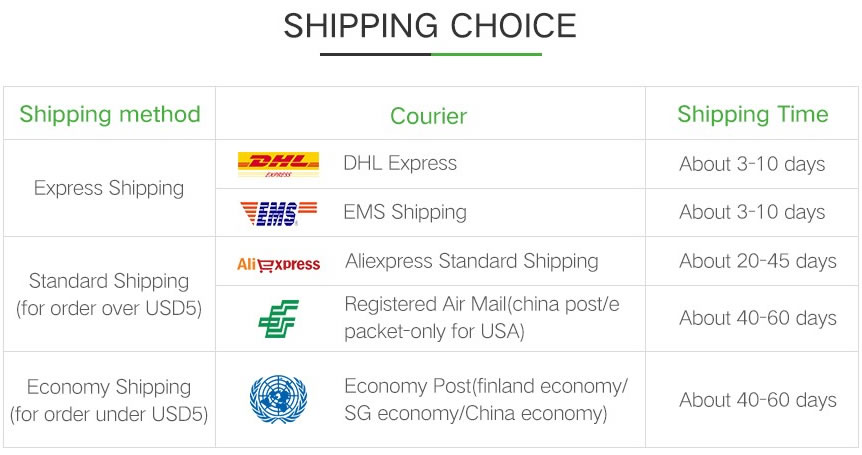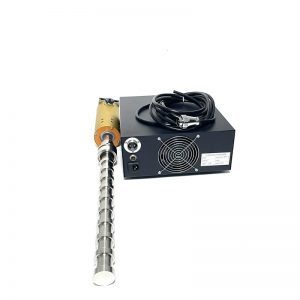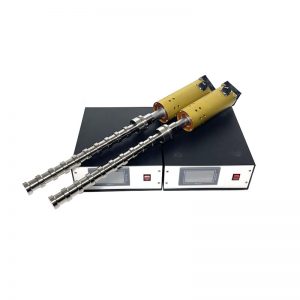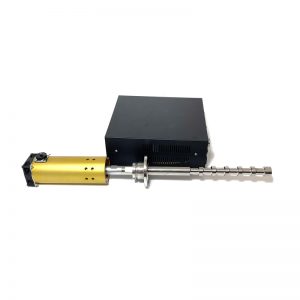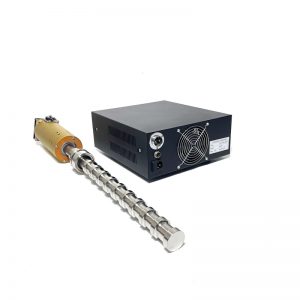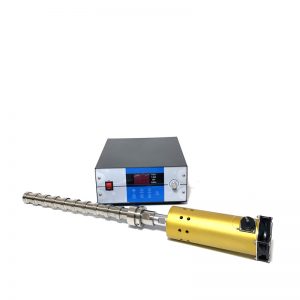The sonochemistry of industrial ultrasonic liquid vibrating rods is an emerging industrial technology that mainly refers to the use of ultrasound to accelerate chemical reactions of materials or trigger new reaction channels. Industrial ultrasonic liquid vibrating rods can improve the production efficiency of chemical reactions and obtain the desired chemical reactants.
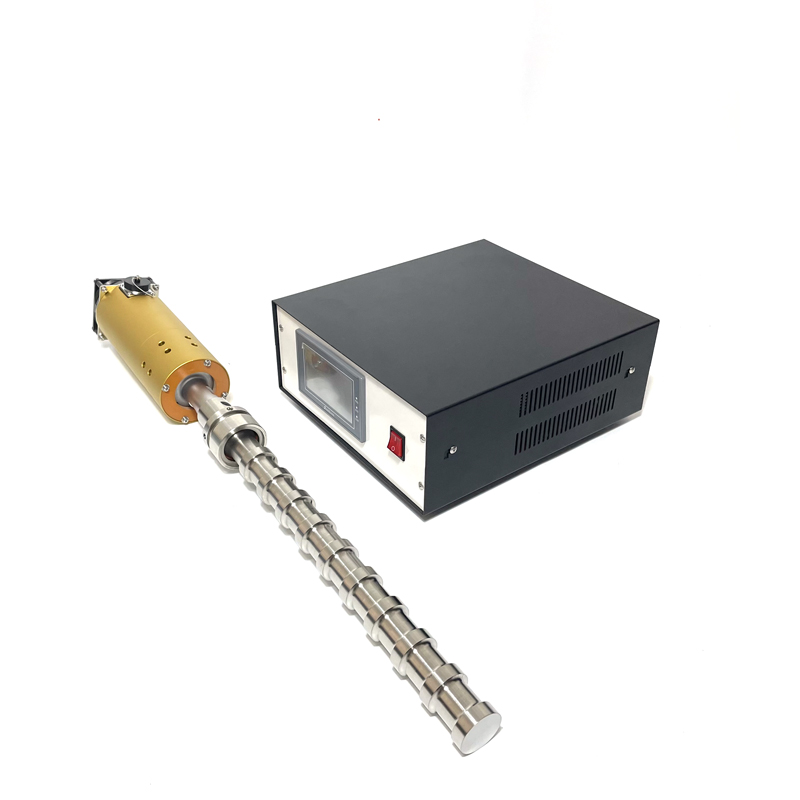
The power output of industrial ultrasonic liquid vibrating rods is not affected by load changes such as liquid level and temperature, reactor capacity, and temperature difference, and the ultrasonic power output is stable and uniform. The industrial ultrasonic liquid vibration rod structure is designed as a titanium alloy circular tube, and is connected with a standard D50 flange plate for easy installation.
An important application of industrial ultrasonic liquid vibrating rods is to disperse and crush solids in the liquid. The cavitation of industrial ultrasonic liquid vibrating rods generates high-strength shear forces, breaking down particle aggregates into individual dispersed particles. Common methods for preparing various products by mixing powders into liquids. Industrial ultrasonic liquid vibrating rods typically use different techniques to disperse powder into the liquid. This includes high-pressure homogenizers, agitator ball mills, and jet impact mills.
|
Tubular Equipment
형
|
Tubular Transducer
형
|
빈도
(KHz로)
|
Ultrasound
Output(W)
|
Total Length
(mm)
|
Diameter
(mm)
|
Static Capacity
(pF±10%)
|
|
PU-UE1
|
US-61
|
15-28
|
1000
|
500
|
Φ50-55
|
68000
|
|
PU-UE5
|
US-25
|
15-28
|
1500
|
850
|
Φ50-55
|
68000
|
|
PU-UE6
|
US-16
|
15-28
|
2000
|
1100
|
Φ50-55
|
132000
|
 초음파 변환기,초음파 발생기,초음파 세척기 - SKSONIC
초음파 변환기,초음파 발생기,초음파 세척기 - SKSONIC
